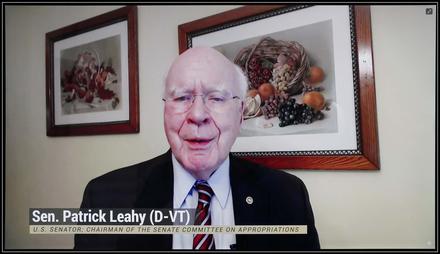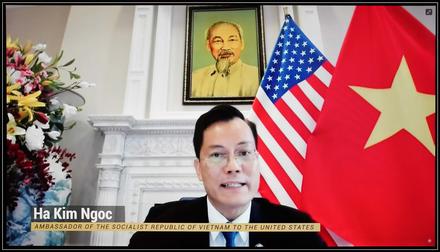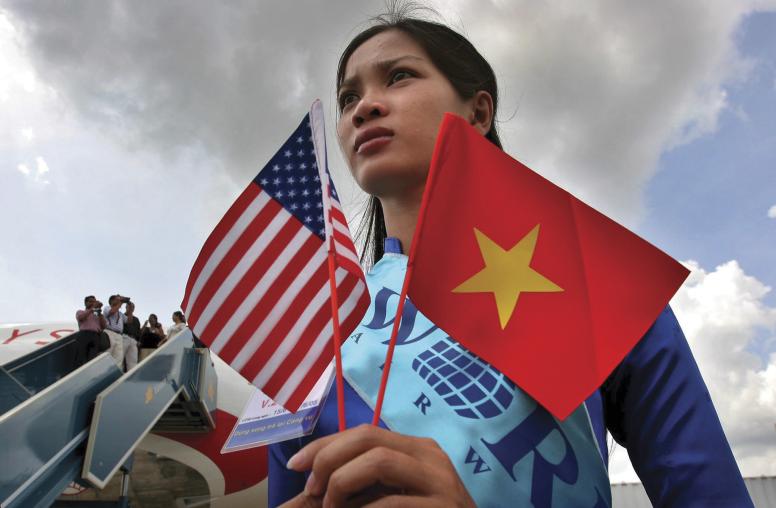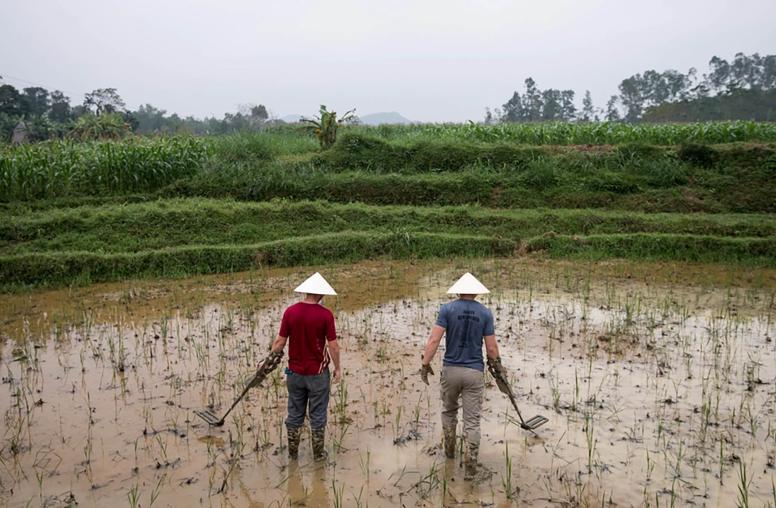Healing the Wounds of War with the Vietnam Wartime Accounting Initiative
Vietnam is searching for its people missing from the war—the U.S. will help with this new initiative.
Nearly 50 years after the end of the Vietnam War, new collaboration between the United States and Vietnam this month is strengthening the former enemies’ friendship and consolidating what has become a model reconciliation process, Vietnamese officials say. Vietnam’s deputy defense minister and its ambassador to the United States welcomed U.S. steps in recent days to help Vietnam locate its hundreds of thousands of citizens still missing from the war. With U.S. officials, they spoke in a USIP forum on that progress — and on urgent steps still to be taken to heal the wounds of that war.
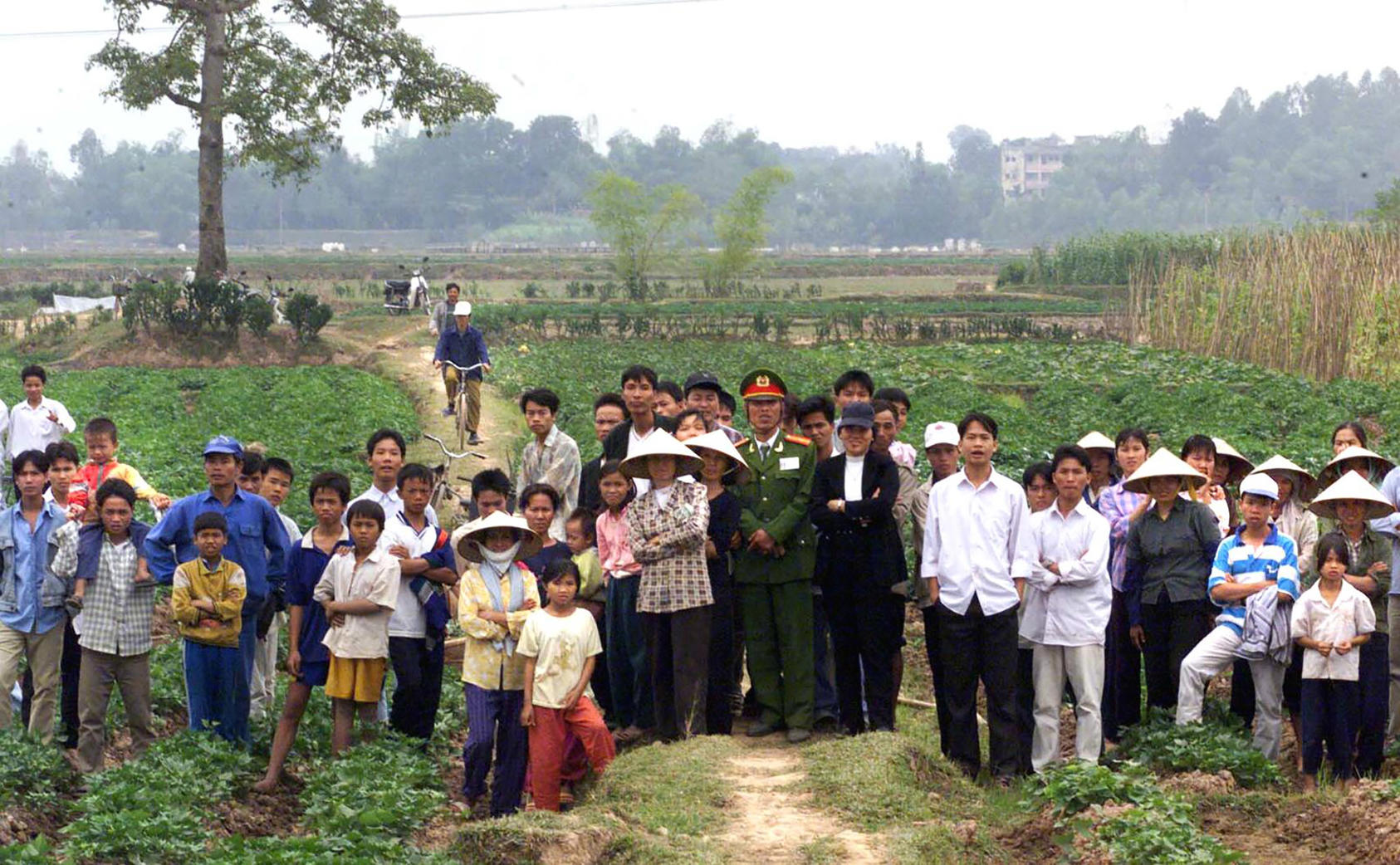
U.S. Defense Secretary Lloyd Austin’s visit to Vietnam last week — and the signing of an agreement for U.S. help in Vietnam’s effort to find its people still missing from the war — mark “a significant milestone” in “the long journey of overcoming our legacies of war,” said Ambassador Ha Kim Ngoc. The countries’ deepening postwar cooperation — notably in their search for missing people has “helped to mend the wounds of war and to foster reconciliation and trust between the two nations,” Ngoc said. He spoke in an online forum among U.S. and Vietnamese military and civilian officials, and USIP personnel, who are working to advance that reconciliation.
The new efforts build on an effort, over more than 40 years, in which Vietnam has helped the United States locate 729 Americans who were missing in action from the war, noted Senator Patrick Leahy, who for decades has led postwar reconciliation efforts. Vietnam “did so even during the years that the United States maintained an economic embargo against Vietnam,” and helped to provide “closure for many American families who lost fathers, sons, and brothers.”
“We are now taking a first step to reciprocate,” Leahy said — the first “official, multi-year effort, jointly with the government of Vietnam, to help locate and identify” hundreds of thousands of Vietnamese. Under this Vietnam Wartime Accounting Initiative, championed by Leahy, Harvard and Texas Tech universities will help Vietnam access to wartime U.S. government files and the U.S. Agency for International Development (USAID) will bring high technology DNA capacities to help find and identify missing Vietnamese.
Reconciling Peoples
Alongside the two governments’ initiative, USIP is launching a project on postwar U.S.-Vietnam reconciliation, this at the request of Congress, said Lise Grande, the Institute’s president and CEO. The effort will “facilitate continuing dialogue between the U.S. and Vietnam through a series of bilateral discussions and public engagement in both countries,” Grande said, and will bring together “families who are personally connected to recovery missions to better understand the human impact of these efforts.”
The governmental efforts build as well on citizen-driven reconciliation efforts, often by those who fought the war. At the site of the conflict’s most noted atrocity — the 1968 massacre of more than 500 civilians by U.S. soldiers at the village known to Americans as My Lai — a Vietnamese memorial to the victims was erected in part with funds raised by American war veterans, noted the vice chair of USIP’s Board of Directors, Ambassador George Moose. USIP board member John Lancaster was shot and left paralyzed at age 23 in the war, and has worked for decades to improve conditions for disabled Vietnamese and U.S. veterans from the war.
Work to Do
Speakers in the USIP forum focused as well on vital next steps to heal the war’s old wounds and prevent new ones. Unexploded bombs or mines have killed or injured more than 100,000 Vietnamese since the war’s end, according to monitoring groups, and those casualties continue. U.S.-supported work to clear those explosives is ongoing, said the senior diplomat at the U.S. Embassy in Vietnam, Christopher Klein. “We hear about the work every day at the embassy,” he said.
Vietnam’s Red Cross has estimated that 3 million people suffer birth defects, cancer or other illnesses from Agent Orange, which was sprayed as a defoliant by U.S. forces. USAID completed a project to clean up poisonous dioxin left by the chemical at the airport in the city of Da Nang. Klein and Vietnam’s deputy defense minister, Senior Lieutenant General Hoang Xuan Chien, agreed on the need to sustain a longer and more difficult project to remove contamination from the former U.S. airbase at Bien Hoa.
The COVID-19 pandemic has proven both an obstacle to reconciliation work — and an opportunity for both sides. When U.S. military officials planned a 30-day project last fall with Vietnamese counterparts to search specific locations for the remains of Americans still missing from the war, COVID prevented them from traveling to Vietnam. So Vietnamese teams took their places to conduct the search.
Last week, the United States shipped 3 million doses of the Moderna vaccine to help Vietnam’s struggle against COVID. Like most developing nations, Vietnam has had vastly less access to vaccines than wealthy nations and so far has been able to fully vaccinate less than 1 percent of its population, according to Johns Hopkins University’s vaccination database. Ambassador Ngoc expressed “gratitude to the U.S. government and people” for the shipment, which boosts U.S. donations to Vietnam to a total of 5 million doses.
